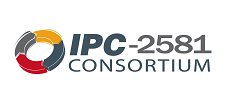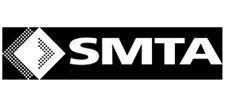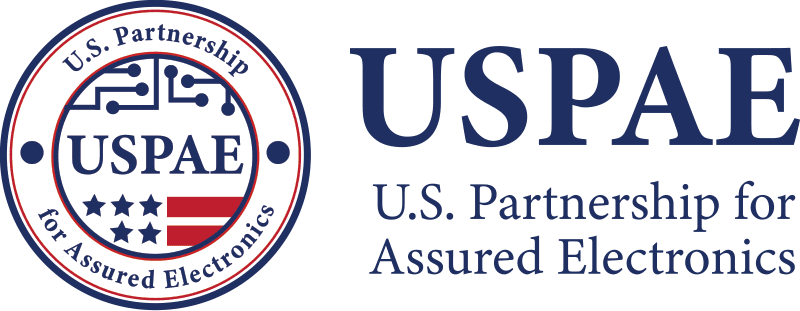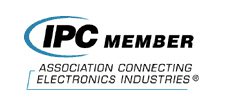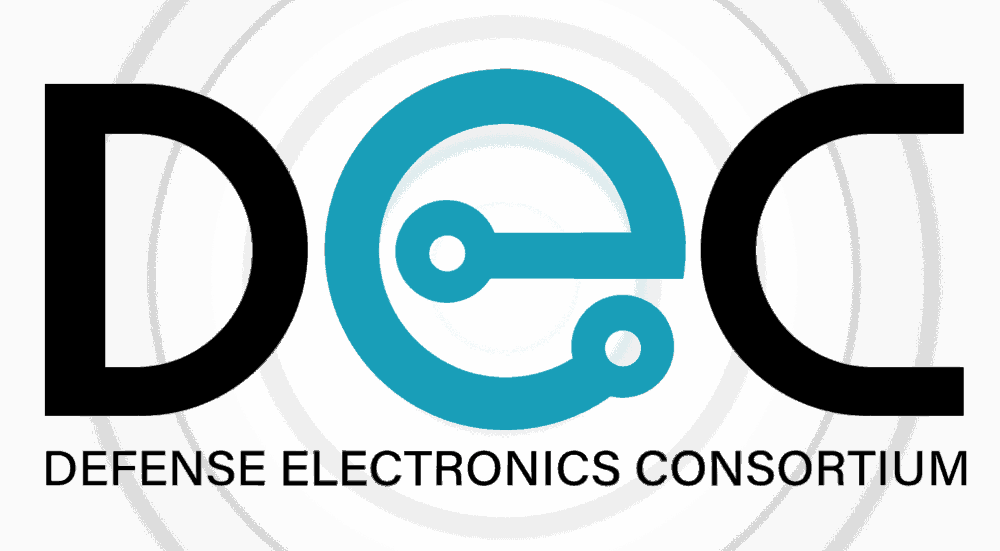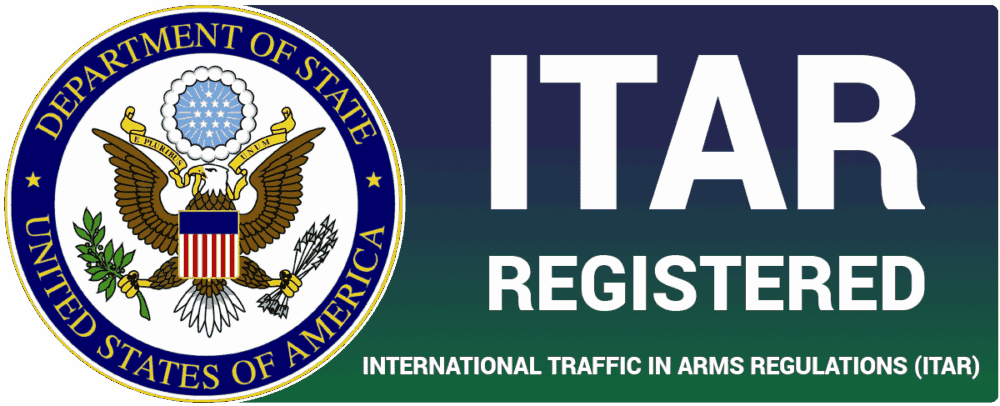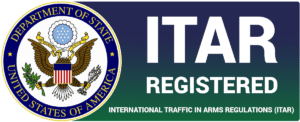Reverse Engineering, by definition, is the generation of design data to replicate or re-create an existing product. Reverse Engineering is a discipline that is the equivalent of an analytical multi-tool, with the ability to completely recreate design data for a product from scratch. Reverse engineering capacity is a healthy marker for any mature industry and a critical component in ensuring system continuity for everything from aerospace and defense to medical, automotive and telecommunications.
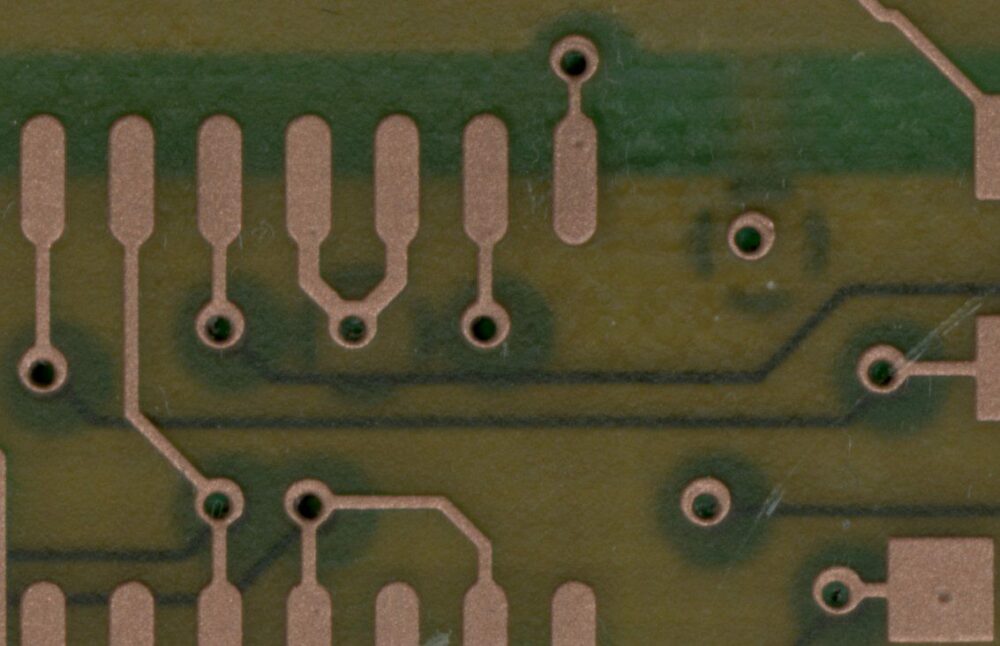
When PCBs are initially designed, they are created by a designer who stores the design on some sort of storage medium. Historically, mylar films were used to both store and produce PCBs, but modern techniques have moved away from this method. Regardless of the method used, no factory or location is completely impervious to natural disaster or human error, and designs can become lost or damaged over a product’s lifespan. The loss of original design data for a PCB represents a loss in the ability to control a product’s design and to reproduce the product.
PCB Reverse engineering can also be used to fill in partial data gaps in a circuit assembly data package. For example, if you only have a bill of materials and a physical PCB, ScanCAD can use the board to generate the bare board design data and a schematic.
ScanCAD uses two main methods of reverse engineering PCBs. The first method is a proprietary milling and imaging process that captures high resolution, NIST-calibrated images of each circuit layer on the PCB. The vector or Gerber data is then reconstructed using these images. The gerber data generated in this process serves as the backbone for the rest of the project, allowing us to generate component Pick and Place/Centroid Data, Netlist and Schematic data. This process yields exact copper geometries and identically matches the original PCB’s form, fit and function down to the mil — for every single layer, even inner layers.
The second way we reverse engineer PCBs is a non-destructive method involving the use of Flying Probe Test (FPT) machines for connectivity-only reverse engineering. In this method, the PCB must be depopulated (and loses its functionality) but the bare board is not destroyed. Additionally this method does not allow us to capture inner copper geometries.
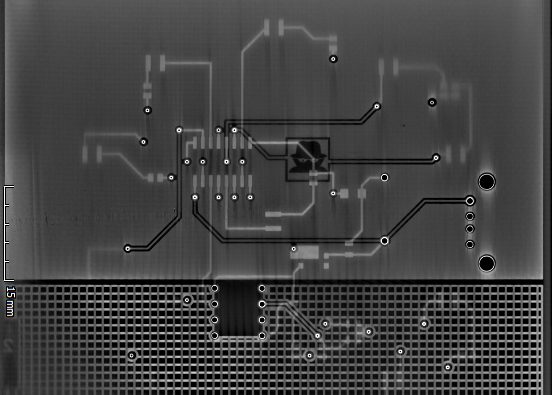
Our primary outputs include:
- Bare Board Fabrication Data (Gerber RS274x, Excellon II Drill, ODB++, IPC-2581)
- Component and Assembly Data (ASCII Pick and Place/Component Centroid, IPC Netlist)
- Supporting Documentation (Bill of Materials, Schematic)
This is not an exhaustive list, so if there’s something you’d like us to generate data for that you don’t see here, feel free to ask!
News
Financing Options Now Available
New Financing Options Available for our Customers We know that there is a bit of uncertainty in the climate presently, which is why our team is now partnering with a financing solution that enables...
Meet the SCI Team: Maurizio Albani
Meet the SCI Team: Maurizio Albani We are excited to introduce ScanCAD’s Lead Developer, Maurizio Albani! Bill Loving and Maurizio Albani met early leading up to ScanCAD’s creation. The two fostered...
Microboard Case Study
Microboard Case Study: Streamlining Circuit Card Assembly Pre-Production with ScanCAD “We wouldn’t be able to run with the top two complexity customers we have today without ScanCAD,” stated the...
Happy Holidays from SCI
Joyful Holiday Wishes Holiday Wishes for Peace and Hope Our ScanCAD family is comprised of so many profoundly wonderful individuals around the world. We are, after all, an international company. We...
Charity: Water
Charity: Water Our team enjoys having the opportunity to give back to a handful of organizations that are mission-driven and making a difference in the lives of others. We are proud to support...
Special Operations Warrior Foundation
Special Operations Warrior Foundation Giving Back and positively contributing to our world in a lasting and meaningful way is central to our work. Because of this, we support many amazing...
Trade shows
ScanCAD participates in many trade shows during the year, whether in ScanCAD's booth or by way of our distributor/OEM.
Guadalajara Expo & Tech Forum
September 17-18, 2025
Guadalajara, Mexico
USM Reps Booth
TCPA Show
October 22-24, 2025
Taipei, Taiwan
Microsys Booth
DMC 2025
November 17-19, 2025
Orlando, FL, USA
ScanCAD Booth
Productronica 2025
November 18-21, 2025
Munich, Germany
GS Electronics Booth
IPC APEX 2026
Anaheim, CA USA
March 17-19, 2026
ScanCAD Booth
News
Financing Options Now Available
New Financing Options Available for our Customers We know that there is a bit of uncertainty in the climate presently, which is why our team is now partnering with a financing solution that enables...
Meet the SCI Team: Maurizio Albani
Meet the SCI Team: Maurizio Albani We are excited to introduce ScanCAD’s Lead Developer, Maurizio Albani! Bill Loving and Maurizio Albani met early leading up to ScanCAD’s creation. The two fostered...
Microboard Case Study
Microboard Case Study: Streamlining Circuit Card Assembly Pre-Production with ScanCAD “We wouldn’t be able to run with the top two complexity customers we have today without ScanCAD,” stated the...
Happy Holidays from SCI
Joyful Holiday Wishes Holiday Wishes for Peace and Hope Our ScanCAD family is comprised of so many profoundly wonderful individuals around the world. We are, after all, an international company. We...
Charity: Water
Charity: Water Our team enjoys having the opportunity to give back to a handful of organizations that are mission-driven and making a difference in the lives of others. We are proud to support...
Special Operations Warrior Foundation
Special Operations Warrior Foundation Giving Back and positively contributing to our world in a lasting and meaningful way is central to our work. Because of this, we support many amazing...
Trade shows
ScanCAD participates in many trade shows during the year, whether in ScanCAD's own booth or by way of our distributor/OEM.
Guadalajara Expo and Tech Forum
October 25 and 26, 2023
Chihuahua City, Mexico
EXPO GUADALAJARA
USM Reps Booth
TPCA Show
October 25-27, 2023
Taipei , Taiwan
Microsys Booth
PRODUCTRONICA 2023
November 14-17, 2023
Munich, Germany
GS Electronic Booth
DMC 2023
December 11-14, 2023
Music City Center
Nashville, Tennessee
Booth 314
APEX 2024
April 9-11, 2024
Anaheim Convention Center
Anaheim, California
Booth 3206
ScanCAD Gives Back
Giving back is an important part of our company vision. As a global company, bettering the lives of others is central to what makes us most excited. Because of this, ScanCAD gives a percentage of revenue to charities and mission-driven nonprofit organizations that employees are most passionate about supporting.
ScanCAD International Inc. is a corporate member of:
